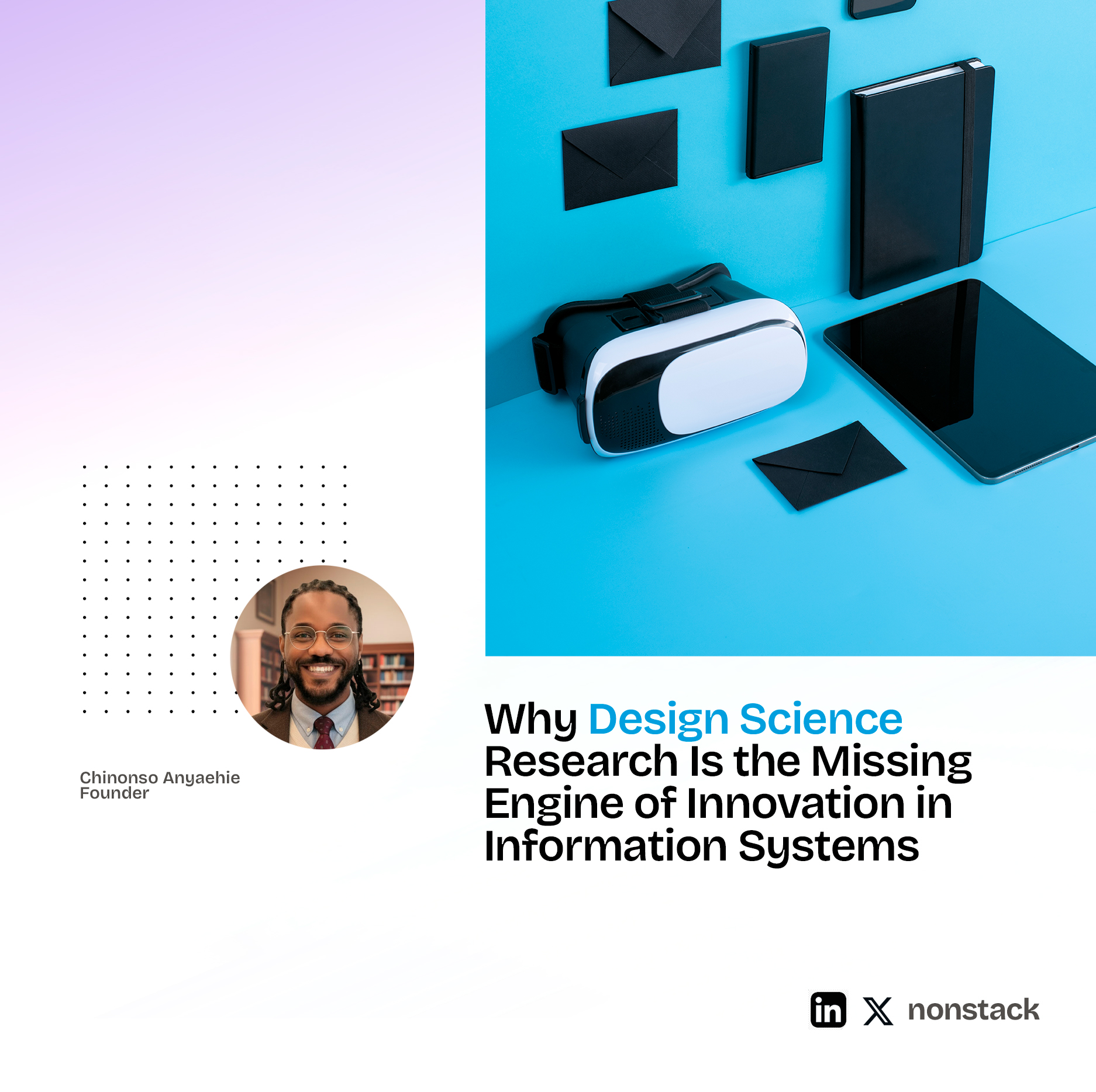1. Coordination Costs as Information Costs
- Definition: In this context, coordination costs are fundamentally information costs. They represent the expenses associated with gathering, processing, and managing information required to coordinate transactions, such as finding suppliers, comparing products, negotiating, and maintaining contracts.
- Key Insight: Every time you hear the term “coordination costs,” think of it as the cost of dealing with information required for coordination. Technology, especially digital advancements, has reduced these information costs, impacting how firms choose between markets and hierarchies for managing transactions.
2. Why Technology Encourages a Shift Towards Markets
- Core Question: Why does technology push us toward using markets rather than hierarchies?
- Reduction in Complexity: When technology simplifies complex processes, it makes it easier for firms to compare products, shop around, and switch suppliers. This reduced complexity favors markets, where transactions are made through competitive exchanges, rather than hierarchies, where transactions are managed within a single organization.
- Asset Specificity: Another key factor is how technology affects asset specificity:
- Definition: Asset specificity refers to investments that are uniquely valuable in a particular relationship but less valuable (or even worthless) outside of it. Examples include customized machinery or software that is only useful for one customer.
- Impact of High Asset Specificity: In cases of high asset specificity, firms prefer hierarchical structures because they ensure a greater degree of control over the relationship, which protects their investments. Without control, a firm risks having its specific investments “held hostage” by the other party.
- Control Mechanisms: To safeguard these investments, firms might employ long-term contracts, mergers, or tight collaborations, which are less common in market-based exchanges where the goal is to shop for the best option without being locked in.
- Digital Products and Reduced Asset Specificity: Unlike physical products, digital products can often be customized at a low cost. This flexibility means that digital assets do not require the same level of control or long-term contracts, allowing firms to maintain market-based relationships even with specific digital customizations.
Conclusion: Because technology reduces both the complexity of transactions and the cost associated with asset-specific investments, it leads to a shift toward markets, where firms can benefit from lower coordination costs without losing control over custom or specific assets.
3. The Electronic Brokerage Effect
- Definition: The electronic brokerage effect is the ability of technology to connect firms with multiple suppliers, allowing them to browse, compare, and select from a variety of options.
- Example: Imagine a company that has access to multiple suppliers through an information system. It can compare Supplier A, Supplier B, Supplier C, and Supplier D for factors like price, quality, and availability, choosing the best option for its needs.
- E-commerce as Brokerage: In digital commerce, electronic brokerage is common. Online platforms enable businesses to act as brokers by setting up systems that allow them to shop from multiple suppliers.
- Benefits of the Electronic Brokerage Effect:
- Reduced Search and Coordination Costs: Technology allows companies to minimize the cost and time of finding and comparing suppliers, as they can now access and evaluate a broad range of options with ease.
- Cost Advantages through Outsourcing: By leveraging the electronic brokerage effect, companies can take advantage of lower costs offered by suppliers who may have economies of scale that the company itself lacks.
- Lower Production Costs: Since firms can choose suppliers with the best cost-to-quality ratio, they can keep production costs down while maintaining quality.
Summary: The electronic brokerage effect reduces the cost of coordination by making information about suppliers readily available. This lowers the overall transaction cost, allowing firms to benefit from lower prices and flexibility.
4. Transaction Risk
- Definition: Transaction risk arises in transactions, often due to asset specificity. This risk includes potential losses if one party has made significant investments that are dependent on the other.
- Components of Transaction Risk:
- Operational Risk: The risk of disruptions in operations that could arise from dependencies in a specific setup or contract.
- Opportunism Risk: The risk that one party may act opportunistically to exploit the other, especially if they know the other has invested heavily in a relationship. Monitoring and enforcement are often needed to manage this risk.
- Components of Transaction Risk:
Relation to Coordination Costs: Transaction risk can increase the information and monitoring costs within a relationship. High transaction risk may push firms to establish hierarchical structures to safeguard their investments.
5. The Electronic Integration Effect
- Definition: The electronic integration effect refers to the benefits of closely integrating processes with a supplier using IT, enabling shared data, common databases, and synchronized processes.
- Benefits:
- Efficiency and Just-in-Time Processes: Integrated systems allow firms to manage inventory more efficiently, sometimes through just-in-time processes that reduce the need to hold large amounts of stock.
- Enhanced Coordination: Through shared data, firms can streamline processes across organizations, increasing accuracy and reducing delays.
Example: A company might share inventory data with a supplier, allowing the supplier to restock just as the company’s inventory runs low, reducing holding costs.
6. Balancing the Electronic Brokerage and Integration Effects
- Trade-off Between Brokerage and Integration:
- Electronic Brokerage: Emphasizes flexibility and cost reduction by shopping around among multiple suppliers. This approach is ideal when the goal is to keep costs low and maintain options.
- Electronic Integration: Focuses on efficiency and process optimization by building a deeper, more stable relationship with a few suppliers. This is valuable when the goal is to achieve streamlined operations.
- Strategic Implication:
- Firms must balance these two effects:
- Brokerage brings flexibility and potential savings but lacks the operational efficiencies of tighter relationships.
- Integration offers smoother processes and reliability but sacrifices the flexibility to switch suppliers.
- Example: A firm could use electronic brokerage to source materials from multiple suppliers to get the best prices but may sacrifice process efficiency that would come from a tightly integrated, reliable partnership.
- Firms must balance these two effects:
Conclusion: Companies must weigh the cost-saving benefits of electronic brokerage against the efficiency-enhancing benefits of electronic integration, choosing the approach that aligns best with their strategic needs.
Summary
- Coordination Costs: Are reduced by IT, making markets more attractive for coordinating economic activities.
- Electronic Brokerage Effect: Enables firms to connect with multiple suppliers, reduce search costs, and leverage competitive pricing.
- Transaction Risk: Highlights the vulnerability in relationships with high asset specificity, often requiring monitoring or hierarchical structures for control.
- Electronic Integration Effect: Allows for deeper coordination with suppliers, achieving efficiencies but reducing flexibility.
- Balancing Effects: Firms must navigate the trade-off between flexibility (brokerage) and efficiency (integration) in choosing how to structure supplier relationships.










Leave a Reply